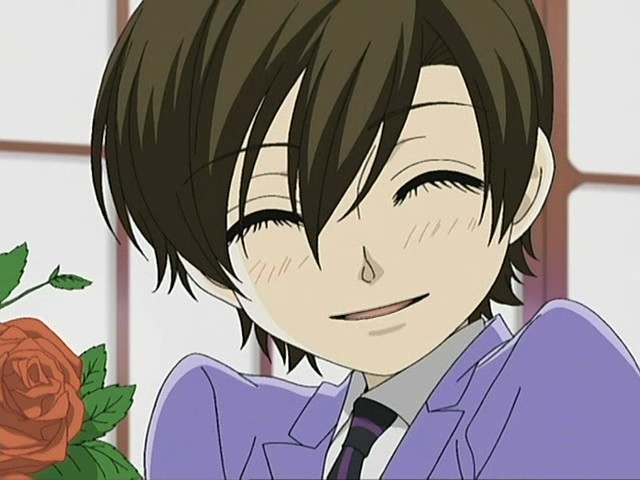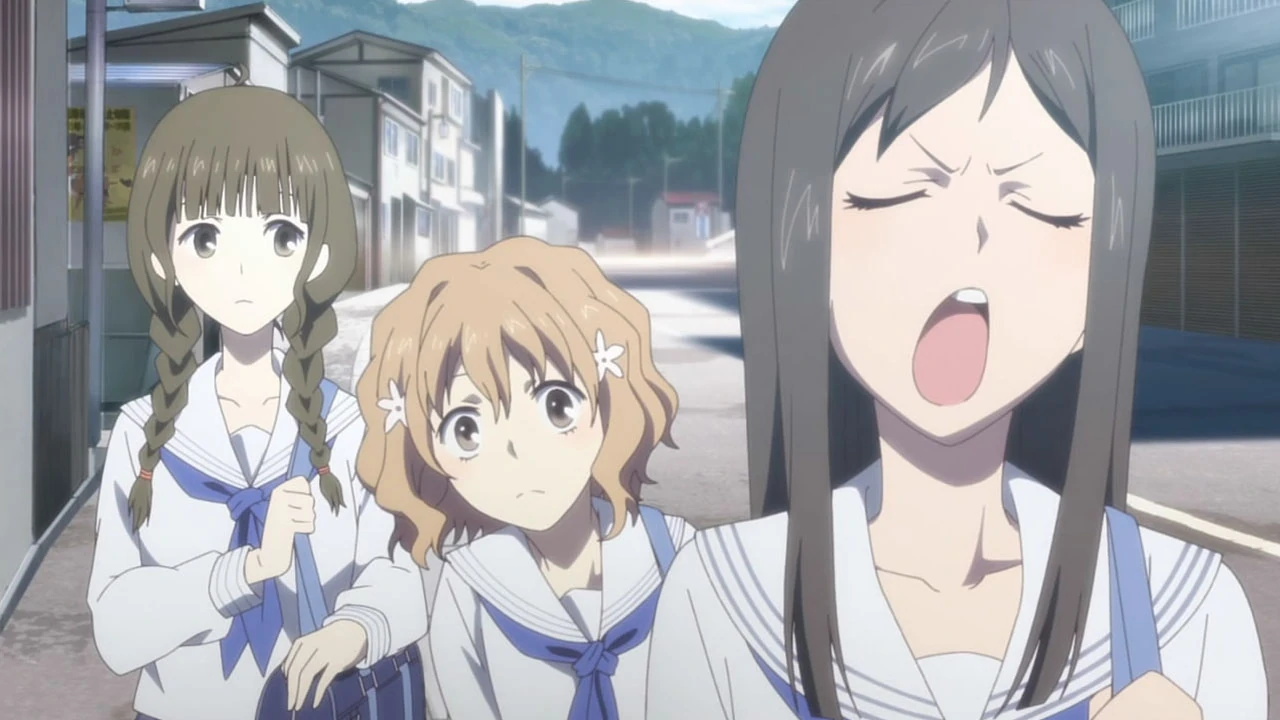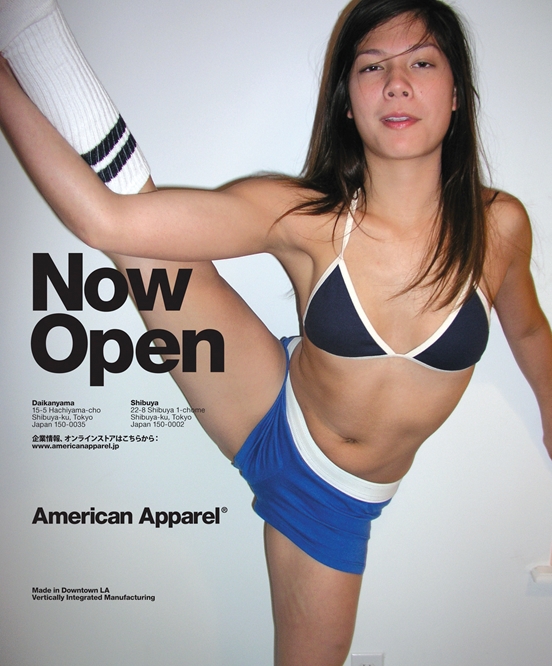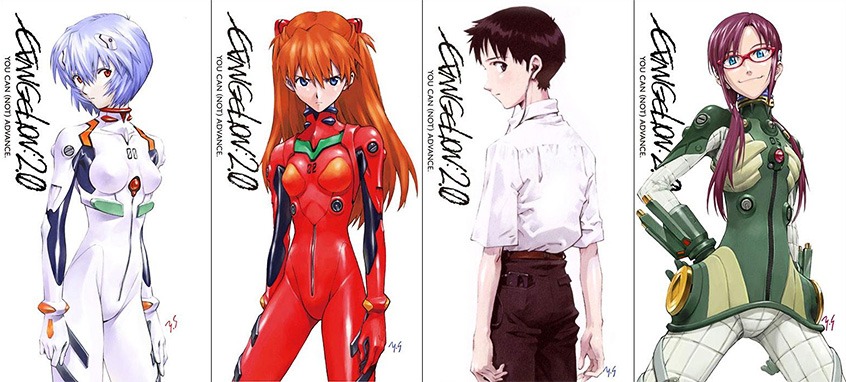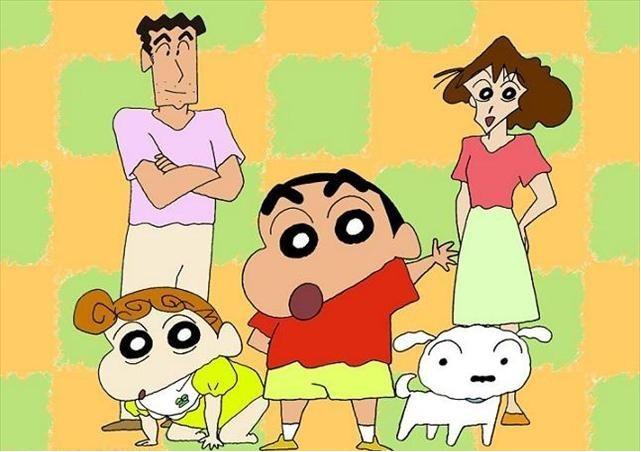
Satire uses humor, irony, and sarcasm to point out problems in society and to point out irrational behavior. It has a long history in the West with the writings of Horace–a Roman poet that pointed our how ambitions of the Roman elite were silly– and other ancient writers. Perhaps the best-known satire is The Canterbury Tales by Geoffrey Chaucer. The Canterbury Tales satirizes life in the European feudal period in raunchy, bawdy, and scathing ways. Satire often couches its criticisms in humor. After all, criticism can be hard to swallow.
Shin Chan carries this tradition with a funny but scathing look at childhood: namely how businesses market toward children and the structure of family and school life. In one episode, Shin’s favorite superhero, Action Bastard, talks about some cheap plastic toy giveaway for the kids who collect 10 or so Bastard Stickers. The stickers happen to only be on a type of hot, spicy sausage no kid would like. Shin spends the episode trying to find a way to collect the stickers without eating the sausage. The episode strikes at the heart of kid-centered marketing methods. The children’s show will make a big deal of the giveaway and hype its viewers up. Only the giveaway involves some type of collection for what turns out to be junk. I remember cereal doing this as a kid. Commercials would advertise some sort of great giveaway, such as a Nintendo Gameboy (yeah, the original), if you happen to find a special token. Of course, the odds of finding these tokens were lottery-level probability. But that didn’t stop kids from wanting that cereal.
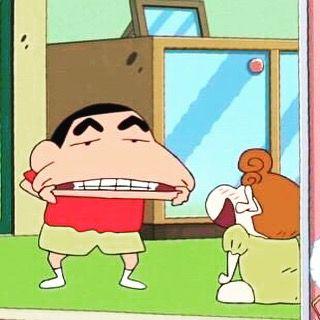
The push toward consumerism undermines body-image and can create runaway debt. While each of us are responsible for our spending, many of us internalized consumerist messages since childhood (Collect them all! Be the coolest on the block!). Such impulses can become automatic or irresistible. Shopping releases dopamine, which explains why shopping can produce such highs. Consumerism creates the “keeping up with the Joneses” syndrome found in American society. Car commercials like to play on that. Shin falls into the same problem with other kids on the playground. Being from a poor family, Shin often can’t have the latest Action Bastard figure or other new toy the cool kids have.
Shin Chan doesn’t limit its satire to consumerism. His parents have a stable, if dysfunctional relationship, caused by the strain of long work hours and long hours taking care of the kids. Mitzi, the mother, is a stay-at-home housewife who struggles with self-image (she has a coin jar for a boob-job) and boredom. The everyday routine of taking care of Shin and his 1-year -old sister, Himawari, grinds her psyche down. Her husband, Hiro, returns from a soul-crushing day at work (in his words) and looks for beer to unwind. He loves his family and his wife, but the grind of everyday bills and children wears at him. Mitzi and Hiro make half-serious cracks about very-late abortion of Hima and suicide. Neither are serious, but the dialogue points out how the everyday grind of work and child-rearing can wear on people. Hiro enjoys spending time with Shin and Hima. In fact, Shin and Hiro both love shows with skimpily clad and objectified women. But the inability to have breaks from the kids and work point to very real issues of modern society.
 Up until industrialization, the entire family helped raise children. Grandparents would watch children in a regular basis, but now with families living far from each other, this isn’t always possible. What’s more, modern capitalism has increased human toil rather than reduced it. Okay, let me drop in a political disclaimer, I favor capitalism, but it must be tempered by socialism–public health programs, public libraries, and policies that balance income inequality capitalism inevitably creates. I am reminded of how Jesus told a rich man to sell everything, give it to the poor, and follow Him (Matthew 19:21). Enough of that. Let’s return to the topic. Modern capitalism has increased the number of hours people work on the whole. For example, in medieval England, the serf worked half a day (about 4-6 hours) and craftsman would work 8-9 hours. However, neither would work holidays which took up one-third of the calendar year. France reported 52 Sundays, 90 rest days and 38 holidays free from work. Likewise, in Spain, holidays freed workers for up to 5 months the entire year. During the late 14th century, a time of high wages, workers only worked up to their normal yearly income. For most, that was between 120-175 days for the entire year. They averaged 1,440 hours (Schor, 1993). Americans work around 1,800 hours on average, but this is spread throughout the year rather than concentrated in blocks (harvest and planting seasons) as in medieval Europe (OECD, 2016).
Up until industrialization, the entire family helped raise children. Grandparents would watch children in a regular basis, but now with families living far from each other, this isn’t always possible. What’s more, modern capitalism has increased human toil rather than reduced it. Okay, let me drop in a political disclaimer, I favor capitalism, but it must be tempered by socialism–public health programs, public libraries, and policies that balance income inequality capitalism inevitably creates. I am reminded of how Jesus told a rich man to sell everything, give it to the poor, and follow Him (Matthew 19:21). Enough of that. Let’s return to the topic. Modern capitalism has increased the number of hours people work on the whole. For example, in medieval England, the serf worked half a day (about 4-6 hours) and craftsman would work 8-9 hours. However, neither would work holidays which took up one-third of the calendar year. France reported 52 Sundays, 90 rest days and 38 holidays free from work. Likewise, in Spain, holidays freed workers for up to 5 months the entire year. During the late 14th century, a time of high wages, workers only worked up to their normal yearly income. For most, that was between 120-175 days for the entire year. They averaged 1,440 hours (Schor, 1993). Americans work around 1,800 hours on average, but this is spread throughout the year rather than concentrated in blocks (harvest and planting seasons) as in medieval Europe (OECD, 2016).
Shin Chan points out how ridiculous our long workdays are through Mitzi and Hiro’s chronic exhaustion and tension. However, the family isn’t spending the money on luxuries. They spend it on survival. Society is off kilter if people in medieval Europe, with its more hand-to-mouth existence than ours, had more free time than we can have in an automated age.
See what I mean about Shin Chan’s sophisticated low-brow humor? The show points out other ridiculous aspects of modern life: relationships, school structure, parent-teacher relationships, NEETs, and other aspects. Satire provides a way for us to laugh at problems and, perhaps, become aware of them so we can make changes.
References
Schor, Juliet (1993) The Overworked American: The Unexpected Decline of Leisure. Basic Books.
OECD (2016) Average Annual Hours Actually Worked per Worker. https://stats.oecd.org/Index.aspx?DataSetCode=ANHRS
